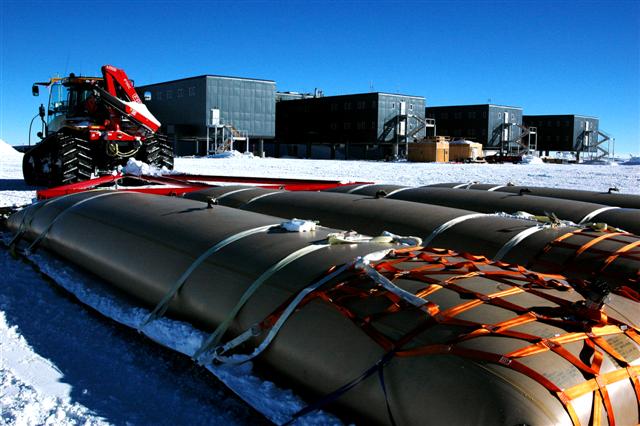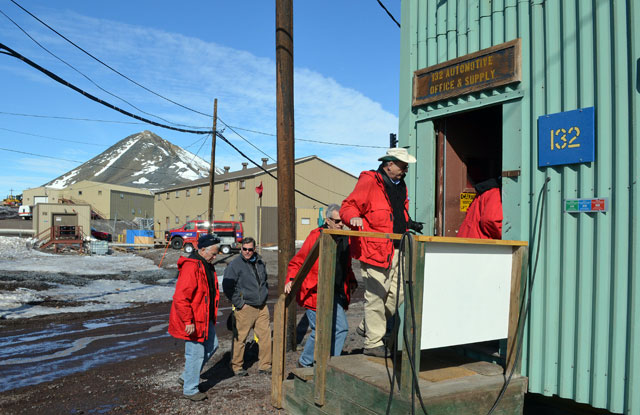|
Page 2/2 - Posted July 25, 2012
Augustine: Long-term goal is to fund more Antarctic researchAugustine noted that operating logistics in Antarctica, with a supply chain that stretches 10,000 miles around the globe, has consumed at least 85 percent of the USAP’s budget over the last decade or more. The panel made it a priority to address infrastructure challenges while making efforts to free more dollars for research in the long-term, he said. “If we don’t address this issue at this time, and we wait until next year or the year after that, not only will the cost be much higher, but we’ll reach the point where we’re doing all logistics and very little science in Antarctica — and that makes very little sense at all,” Augustine said. The panel recommended maintaining McMurdo as the USAP’s logistics hub while replacing some aging facilities. (It would cost about $220 million in 2012 dollars to entirely replace McMurdo as it currently exists, according to the report.) Topping the list of cost savings was a recommendation to cut logistics staffing both on the Ice and at other locations by 20 percent. That’s the equivalent of funding 60 new research projects at the median annual award size of $125,000, Augustine said, noting that such a reduction would be feasible with the introduction of new technologies and short-term investments. 
Photo Credit: Peter Rejcek/Antarctic Photo Library
The South Pole Traverse delivers fuel to the station. The Blue Ribbon Panel recommended more reliance on land-based fuel and cargo transportation.
The panel also suggested that the NSF increase the USAP operating budget by 6 percent for the next four years, which amounts to about $16 million per year, and diverting 6 percent of the planned science expenditures over the next four years to upgrades of the science support system. “They’re not without pain,” Augustine said of the panel’s recommendations. Among other suggestions:
Suresh said NSF would develop a point-by-point response to the Blue Ribbon Panel report, as well as an action plan before the end of the year. He quoted from the executive summary before concluding his remarks: “‘Overcoming these barriers requires a fundamental shift in the manner in which capital projects and major maintenance are planned, budgeted, and funded,’” Suresh said. “‘Simply working harder doing the same things that have been done in the past will not produce efficiencies of the magnitude needed in the future.” |



For USAP Participants |
For The Public |
For Researchers and EducatorsContact UsNational Science FoundationOffice of Polar Programs Geosciences Directorate 2415 Eisenhower Avenue, Suite W7100 Alexandria, VA 22314 Sign up for the NSF Office of Polar Programs newsletter and events. Feedback Form |


